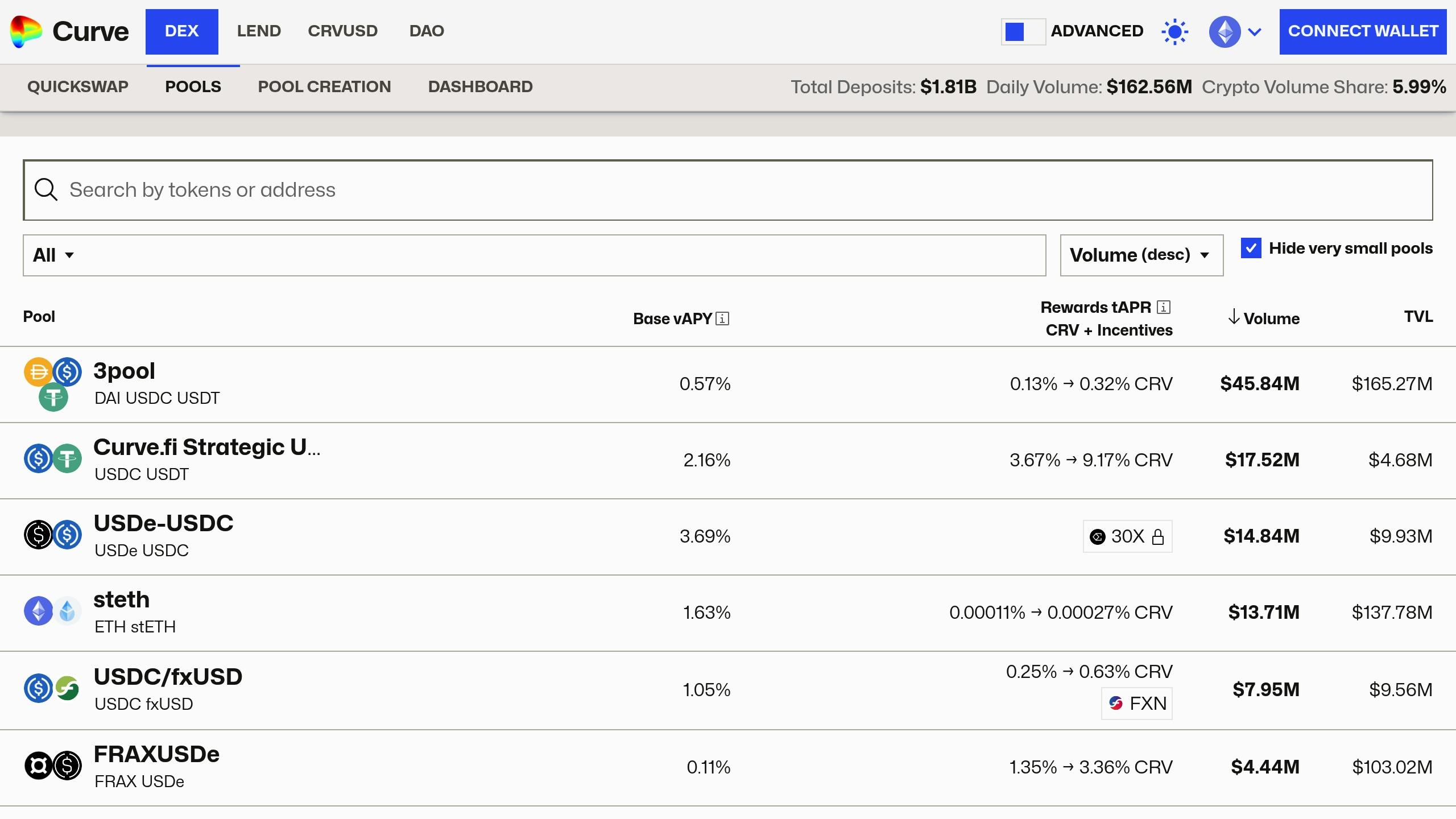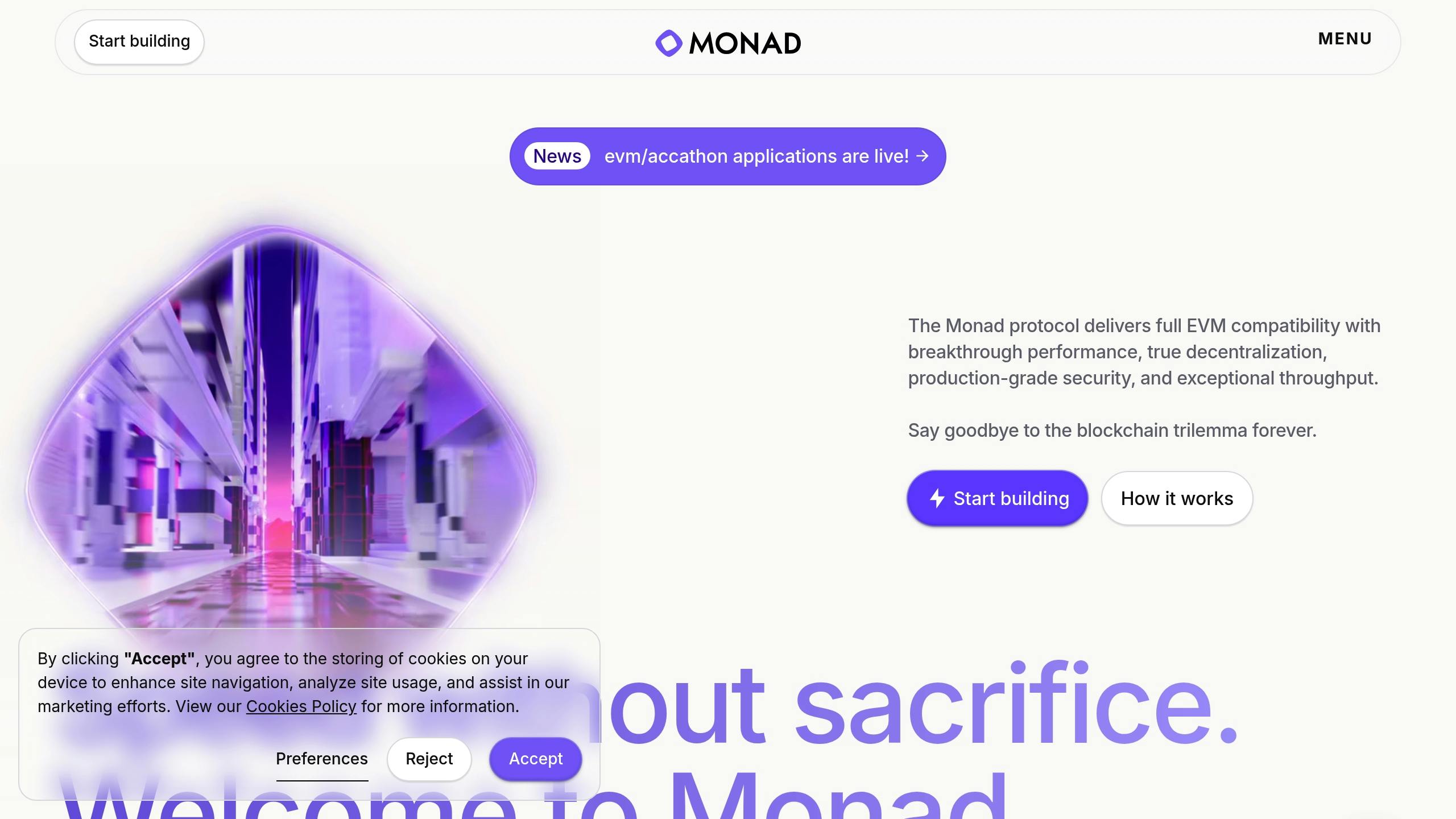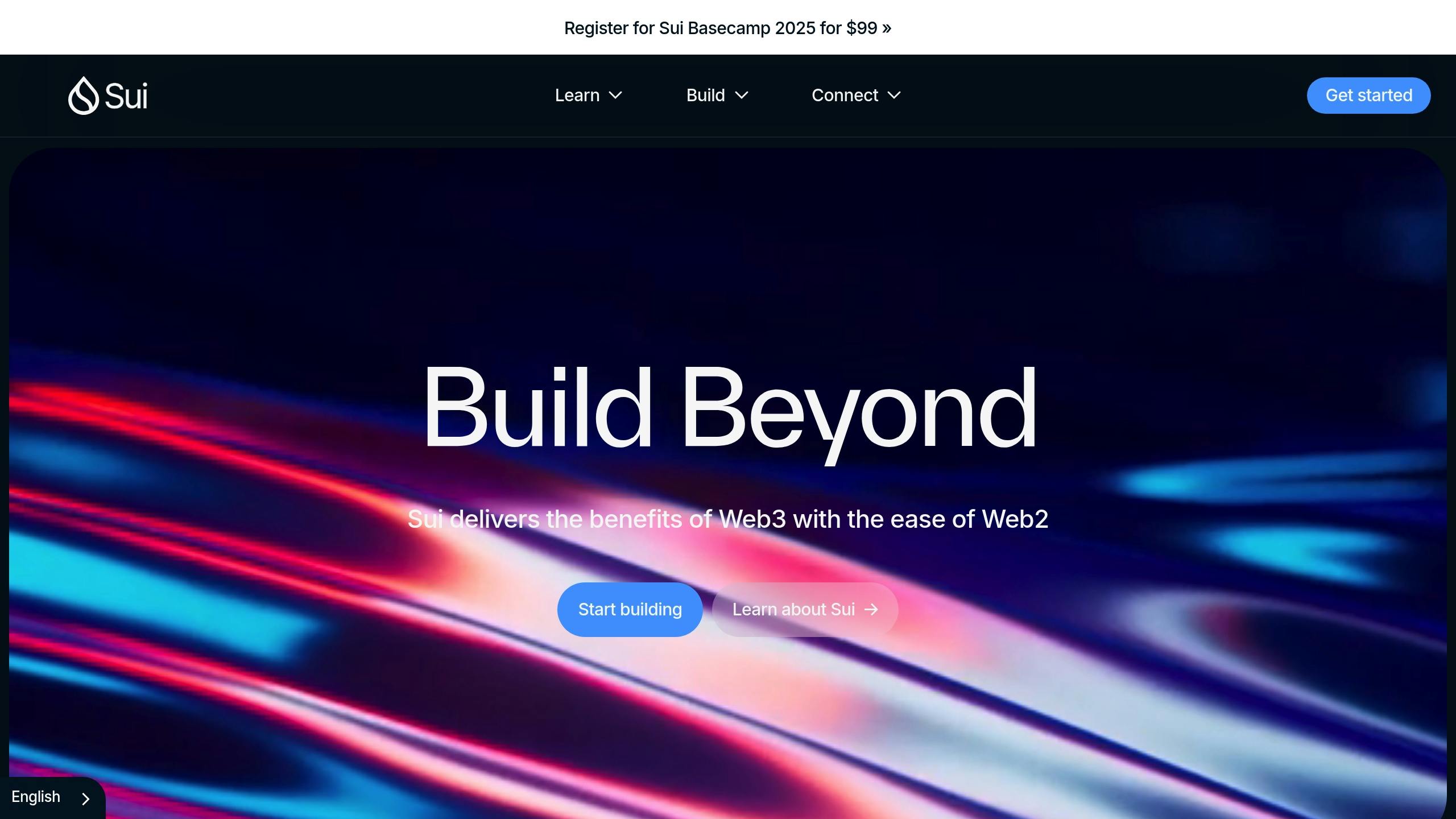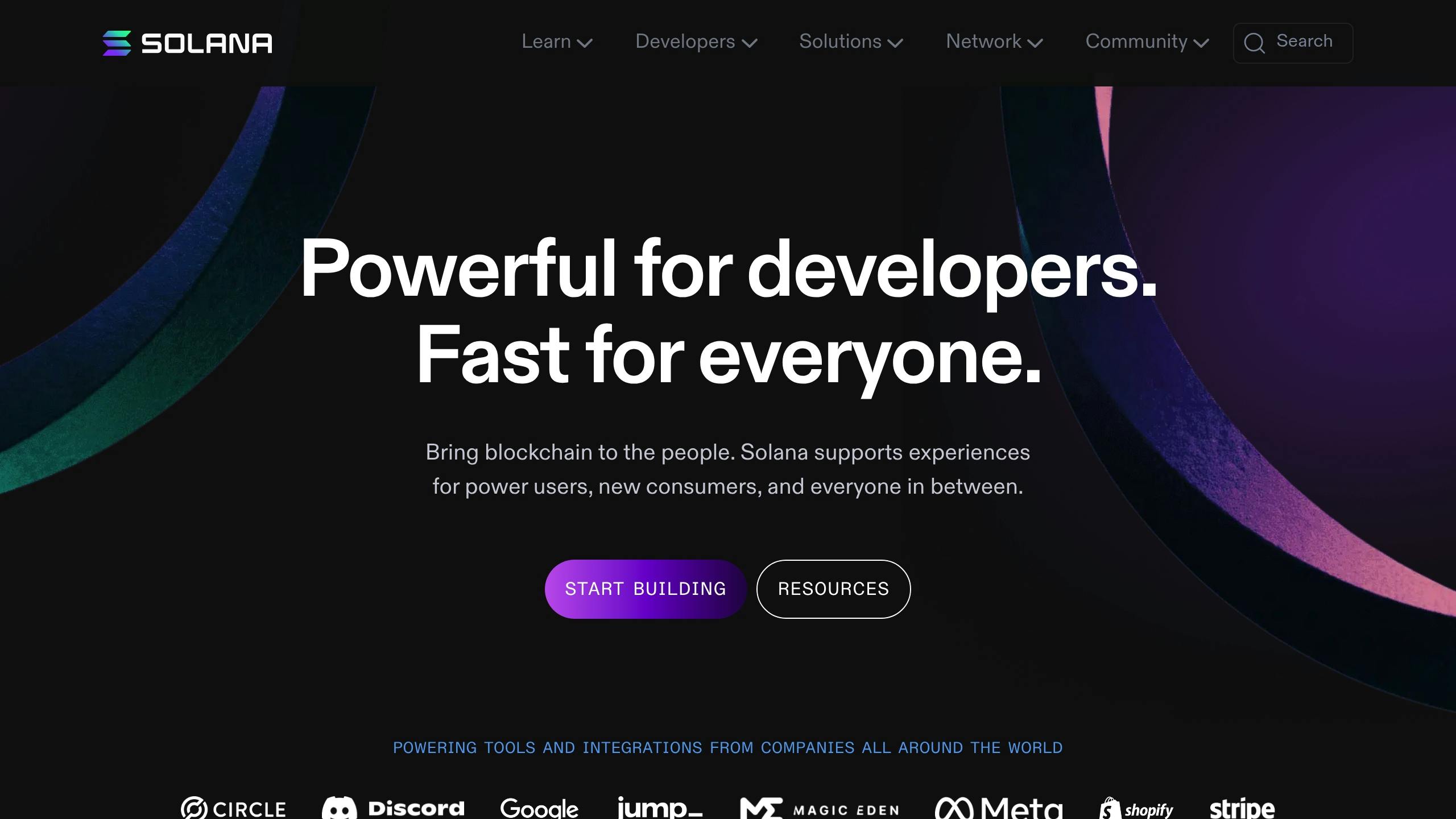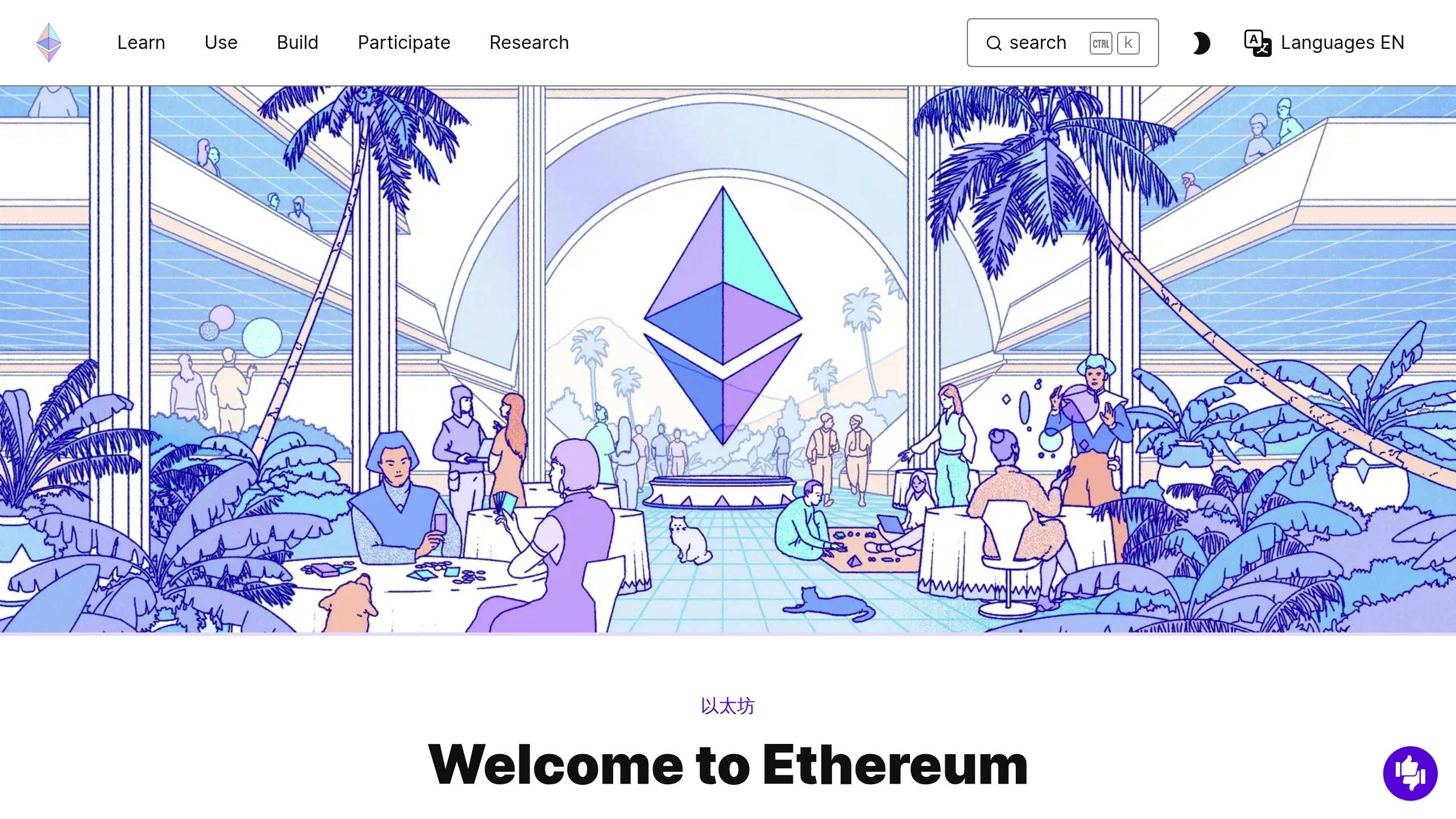Want to manage trading risk better? Isolated margin might be the solution. It limits your potential losses to the specific amount allocated for each trade, protecting your portfolio from cascading liquidations. Unlike cross margin, where all positions share collateral, isolated margin keeps each trade independent.
Key Benefits of Isolated Margin:
- Loss Limitation: Risk is capped to the margin allocated per position.
- Portfolio Protection: Prevents one trade’s failure from affecting others.
- Flexibility: Adjust margin for individual trades to balance risk and reward.
- Best for Volatility: Ideal during unpredictable markets or while testing new strategies.
| Feature | Isolated Margin | Cross Margin |
|---|---|---|
| Risk Scope | Individual positions only | Entire portfolio |
| Collateral Usage | Separate funds per trade | Shared across all trades |
| Liquidation Effect | Affects only one position | Can impact all positions |
| Capital Efficiency | Lower but safer | Higher but riskier |
Takeaway: If you want tighter control over trading risks, especially in volatile markets, isolated margin is a safer choice. Start small, adjust as needed, and pair it with tools like stop-loss orders for added security.
Risk Reduction Through Isolated Margin
Single Position Loss Limits
Isolated margin enforces strict boundaries on potential losses. When traders use this method, they limit the maximum loss to the specific margin allocated for each position. This approach ensures that losses from one position don’t spill over into others, keeping risk contained.
Preventing Chain Liquidations
One of the key benefits of isolated margin is its ability to stop cascading liquidations across multiple positions. Each position has its own margin pool, so if one gets liquidated due to sudden market changes, the others remain unaffected. This feature becomes especially useful during periods of high market volatility, offering a layer of protection for a trader’s overall portfolio [2].
Adjusting Position Margin
Isolated margin also allows traders to fine-tune their risk in real time by adjusting margin allocations. Here’s how it works:
- Increase Margin: Adds more capital to reduce the chance of liquidation.
- Decrease Margin: Frees up capital but increases the risk of liquidation.
- Rebalance: Helps fine-tune leverage, though timing is critical.
The margin ratio and how close a position is to its liquidation price play a key role in these decisions. Making timely adjustments can help traders strike a better balance between risk and reward [1][3].
Isolated vs Cross Margin
Main Differences
Choosing between isolated and cross margin isn’t just about tactics – it shapes your overall risk approach. The main distinction lies in how they manage risk and capital. Here’s a quick breakdown:
| Feature | Isolated Margin | Cross Margin |
|---|---|---|
| Risk Scope | Limited to individual positions | Shared across all positions |
| Collateral Usage | Separate funds per trade | Entire account balance |
| Liquidation Effect | Affects single position only | Can impact all positions |
| Capital Efficiency | Lower but safer | Higher but riskier |
| Margin Adjustment | Manual control per position | Automatic reallocation |
Isolated margin is ideal for traders who want to limit losses on specific trades. On the other hand, cross margin allows for better use of your overall funds but carries higher risk since losses can spill over into other positions.
Best Times for Isolated Margin
There are certain situations where isolated margin is especially useful:
High Volatility Periods
When markets are experiencing big price swings, isolated margin helps prevent losses from spiraling out of control across your portfolio[2][4]. This is particularly helpful when trading new assets or reacting to major market news.
Strategy Testing
Trying out a new trading strategy? Isolated margin lets you experiment without putting your entire account at risk[2]. It’s a safer way to test ideas.
Portfolio Diversification
For traders juggling multiple positions, isolated margin allows for precise risk management across various assets[5]. Examples include:
- Trading volatile altcoins
- Balancing different timeframes
- Running opposing strategies
This approach is especially effective for day traders. By assigning specific margin amounts to individual trades, you can keep risk in check while taking advantage of market opportunities[2].
Using Isolated Margin in Practice
Volatile Market Trading
When dealing with unpredictable markets, isolated margin can be a key tool for managing risk. Here’s how to use it effectively during periods of market turbulence:
- Limit Trade Allocation: Keep each trade to no more than 1% of your total portfolio value to minimize potential losses.
- Monitor Liquidation Levels: Stay aware of your liquidation thresholds to better manage your positions.
- Adapt to Volatility: Adjust your position sizes based on how volatile the market is.
Managing Risk Across Multiple Strategies
Isolated margin also allows traders to run multiple strategies at the same time without overlapping risks. For instance, if you have a $10,000 portfolio, you might allocate it like this:
To ensure these strategies remain under control:
- Track Each Strategy Separately: Evaluate how each approach performs in varying market conditions. Isolated margin makes it easier to see which strategies are working and which aren’t.
- Adjust for Market Changes: In periods of high volatility, consider lowering your leverage and increasing the margin for riskier trades.
- Schedule Regular Margin Reviews: Regularly review your margin levels to avoid unexpected liquidations and stay ahead of potential risks.
sbb-itb-dd9e24a
Picking an Isolated Margin Platform
Key Features to Look For
When choosing a platform for isolated margin trading, focus on tools that enhance control and reduce risk. Some essential features include adjustable leverage, real-time margin tracking, advanced order types, and clear liquidation processes. Security should also be a top priority.
Other critical aspects to consider:
- Fast order execution (under 100ms) to minimize slippage
- Real-time tools for monitoring margin
- Transparent liquidation prices to avoid surprises
- Advanced order types for precise trading strategies
| Feature | Benefit for Risk Management |
|---|---|
| Adjustable Leverage | Fine-tune position sizing |
| Real-Time Monitoring | Avoid sudden liquidations |
| Advanced Order Types | Enable precise risk control |
| Insurance Fund | Protect against market gaps |
| Transparent Liquidation | Ensure predictable closures |
Platforms offering these tools help traders stay in control and reduce their exposure. Defx’s system is a good example of this approach.
Tools Offered by Defx

Defx stands out as a decentralized platform tailored for risk-conscious traders. It offers isolated margin trading with features designed for both flexibility and security. Here’s what traders can expect:
- Margin allocation per position to manage risk independently
- Custom risk profiles for multiple strategies
- Real-time liquidation tracking for better decision-making
- Non-custodial security to keep assets under your control
- Professional-grade order types to execute complex strategies
Defx’s non-custodial setup ensures traders maintain full control of their assets while benefiting from advanced trading tools. This makes it a strong option for traders seeking both security and functionality.
Cross vs Isolated Margin Explained
Conclusion
Managing risk effectively with isolated margin requires careful planning and the right platform features. This trading method allows traders to control their risk on a position-by-position basis. By limiting potential losses to the specific amount allocated for each trade, isolated margin becomes especially useful in unpredictable markets. It also prevents one position’s liquidation from impacting the rest of your portfolio, helping maintain account stability and diversity.
Key Takeaways
Here are the main benefits:
- Losses are restricted to each individual position.
- Risk settings can be tailored for every trade.
- Offers flexibility during market swings.
- Protects your entire portfolio from cascading liquidations.
Moving Forward
Start using isolated margin with small investments and conservative leverage. Pair it with tools like stop-loss orders and take-profit levels for added security.
To build a solid risk management strategy, consider combining isolated margin with other techniques. This approach safeguards your capital while allowing you to take advantage of market opportunities.



